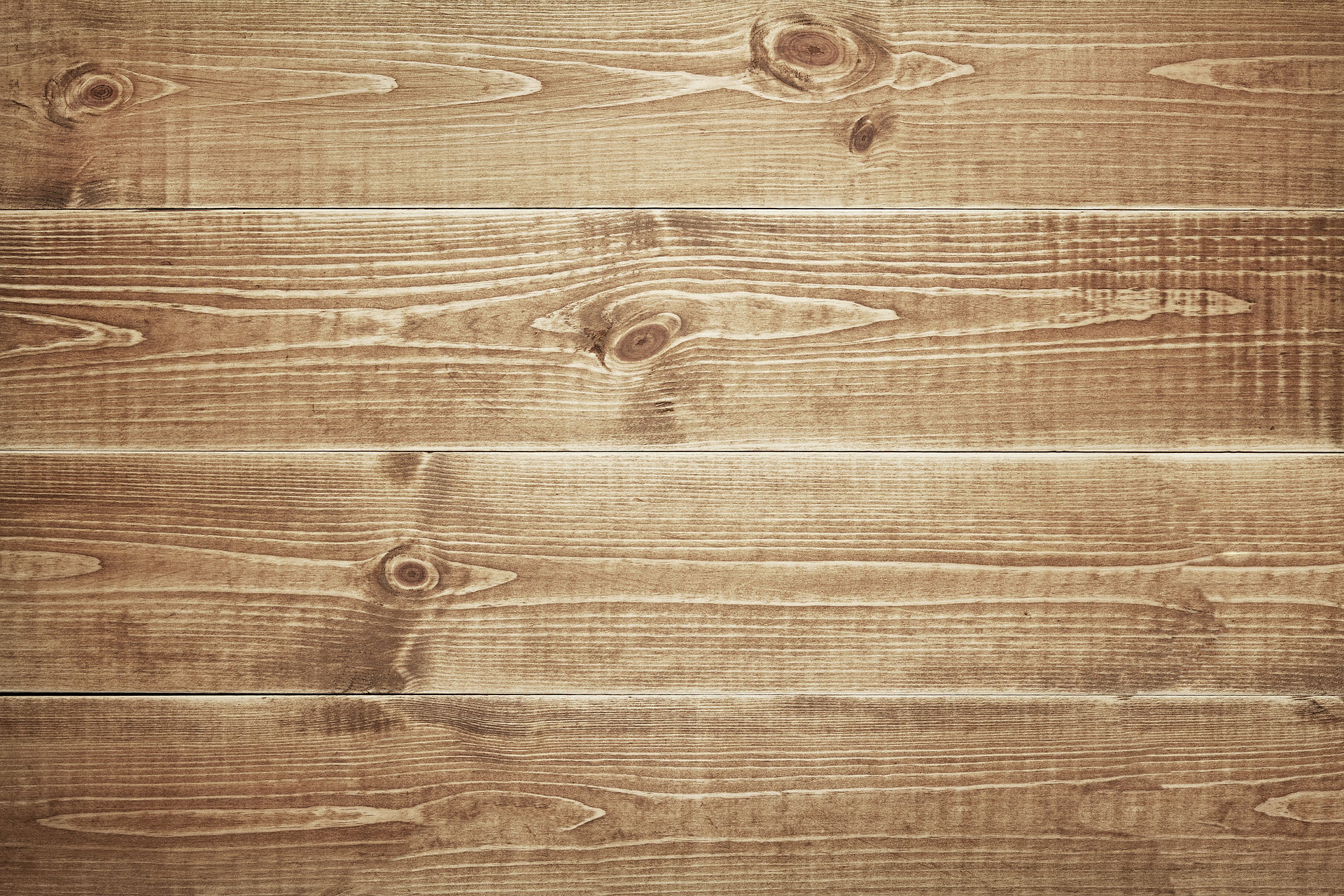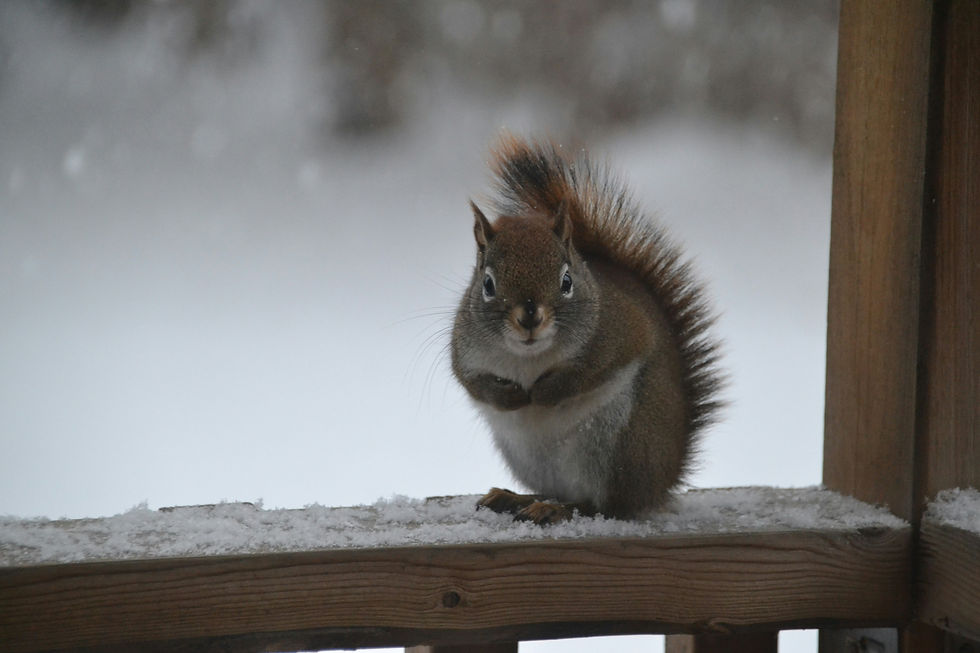Close Out Summer by Cutting Off Pest Hotspots
- Jeff Overstreet

- Aug 15
- 4 min read
The end of summer is more than just the last chance for barbecues and pool days. It’s also prime time for pests to prepare for cooler months. As nights get cooler and natural food sources change, rodents and insects start searching for warm, protected areas with a steady supply of food and water.
If your property offers those essentials, they will find it. And once they do, getting rid of them becomes much harder—and more expensive—than preventing the problem in the first place. That’s why late summer and early fall are the best times to do a full pest-prep around your home.
Here’s how to identify and eliminate the most common pest invitations before the season changes.
Seal Small Entry Points Before They Become Doorways
One of the most overlooked pest entry points is the weep hole—those small, intentional gaps between bricks that allow your walls to “breathe” and drain moisture. Unfortunately, they also give mice, insects, and even young rats a clear path inside.
The fix is simple: fill them with copper mesh. Copper is a favorite among pest professionals because it doesn’t rust, holds up to the elements, and is nearly impossible for rodents to chew through. Unlike steel wool, it won’t deteriorate quickly, so it’s a long-term solution that still allows airflow to prevent moisture buildup inside your walls.
Another common weak spot is where utilities enter the home. The gaps around A/C refrigerant lines and outdoor spigots may seem small, but rodents can flatten their bodies and squeeze through spaces the width of a pencil. If the sealant or mortar has broken down, pests will take advantage. Sealing these areas now prevents them from turning into active entryways during cooler months.
Keep Plants and Landscaping Clear of the House
Vegetation that touches your siding, brick, or roofline creates a perfect bridge for pests to get closer to your home. Branches, vines, or thick shrubs allow rodents and squirrels to climb right up to potential entry points.
Cut back any plants so there’s at least a foot of space between them and the house. This not only prevents pest access but also improves airflow and reduces moisture against your exterior walls—a factor that attracts both insects and rodents.
While you’re at it, clear out piles of yard debris or branches. These piles are ideal hiding spots for rodents, and they create damp, shaded areas where insects can thrive.
Clean Gutters and Remove Roof Debris
Gutters clogged with leaves aren’t just a drainage problem. The damp, decomposing material attracts ants and other insects, which then have easy access to your roofline. If overhanging branches are nearby, squirrels can use them to jump onto your roof and scout for attic entry points.
End-of-summer gutter cleaning removes both a food source and a travel route for pests. Check the downspouts too—sometimes rodents will use these as vertical highways to climb.
Inspect and Maintain the Attic
Your attic is one of the most attractive spaces for pests once temperatures drop. It’s warm, dry, and usually quiet. A dusty, cluttered attic can hide signs of activity until the problem has grown.
Before fall, do a full attic sweep. Look for droppings, gnaw marks, shredded insulation, or small gaps around vents and rooflines. Clean up dust and debris to make the space less appealing. Even a seasonal inspection and quick dusting can help you catch issues early.
Watch the Fence Line
If you have a cedar fence, you may have noticed small droppings at its base. Rodents frequently run along fences as a safe travel route, using them to reach gardens, compost areas, and, eventually, the house.
Regularly inspect the fence line for droppings or gnaw marks. If activity is present, it’s a sign to take preventive action before they start looking for ways inside.
Eliminate Outdoor Food and Water Sources
Food and water attract pests more than anything else. In late summer and early fall, several natural sources can appear without you realizing it:
Acorns: From September through November, oak trees drop acorns in large quantities. Rodents treat this as a ready-made food supply, so clear them from your yard regularly.
Fruit Trees: Fallen fruit is equally tempting. Even a few apples, pears, or figs left on the ground can draw pests in.
Bird Feeders: While birdseed is great for birds, it’s also a feast for squirrels and rodents. If you use feeders, keep the area underneath clean.
Pool Equipment: Warmth, moisture, and shelter make pool pumps an ideal hangout for rats. Keep the area around your equipment clean and free of leaves, debris, or standing water.
Why Late Summer is the Best Time to Prepare
Rodents and insects are in survival mode as seasons change. They’re scouting for resources and shelter long before temperatures drop significantly. Tackling these problem areas now means you intercept pests before they have a chance to settle in.
Bug Zone’s Walkthrough
Our technicians perform a thorough property inspection designed to uncover every hidden pest invitation. We check for:
Entry points you might not notice, like weep holes, utility penetrations, and attic vents.
Harborage spots such as overgrown landscaping, wood piles, or cluttered attics.
Food and water sources around the property.
Once identified, we seal, treat, and recommend changes to keep your home protected throughout fall and winter.
Schedule Your End-of-Summer Pest Prep
The change of seasons is the perfect time to secure your property. Call Bug Zone at (972) 867-9800 or email office@bugzonepest.com to schedule your seasonal inspection and sealing service. Small steps now can prevent major infestations later.







Comments